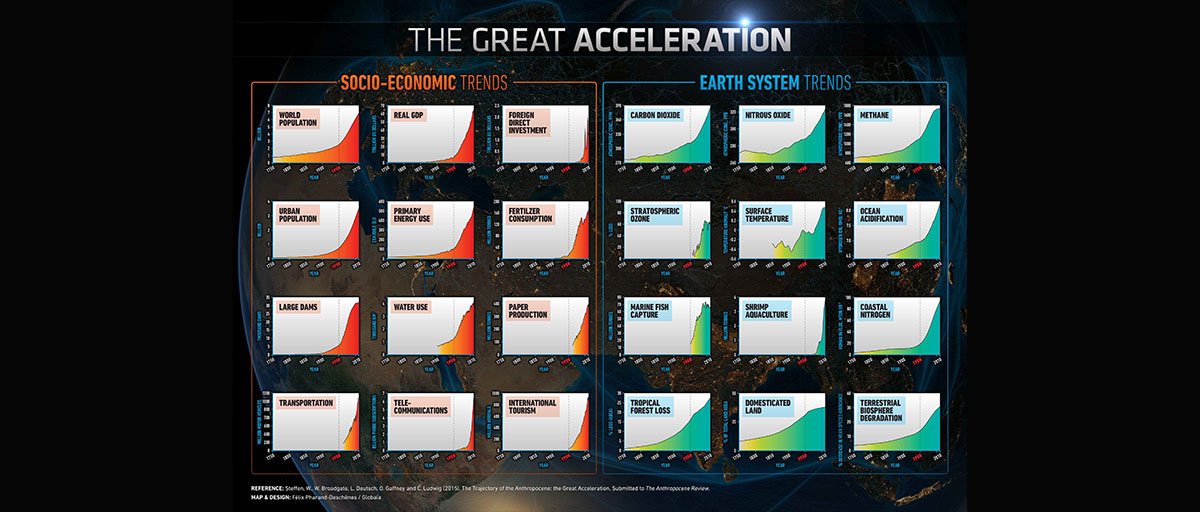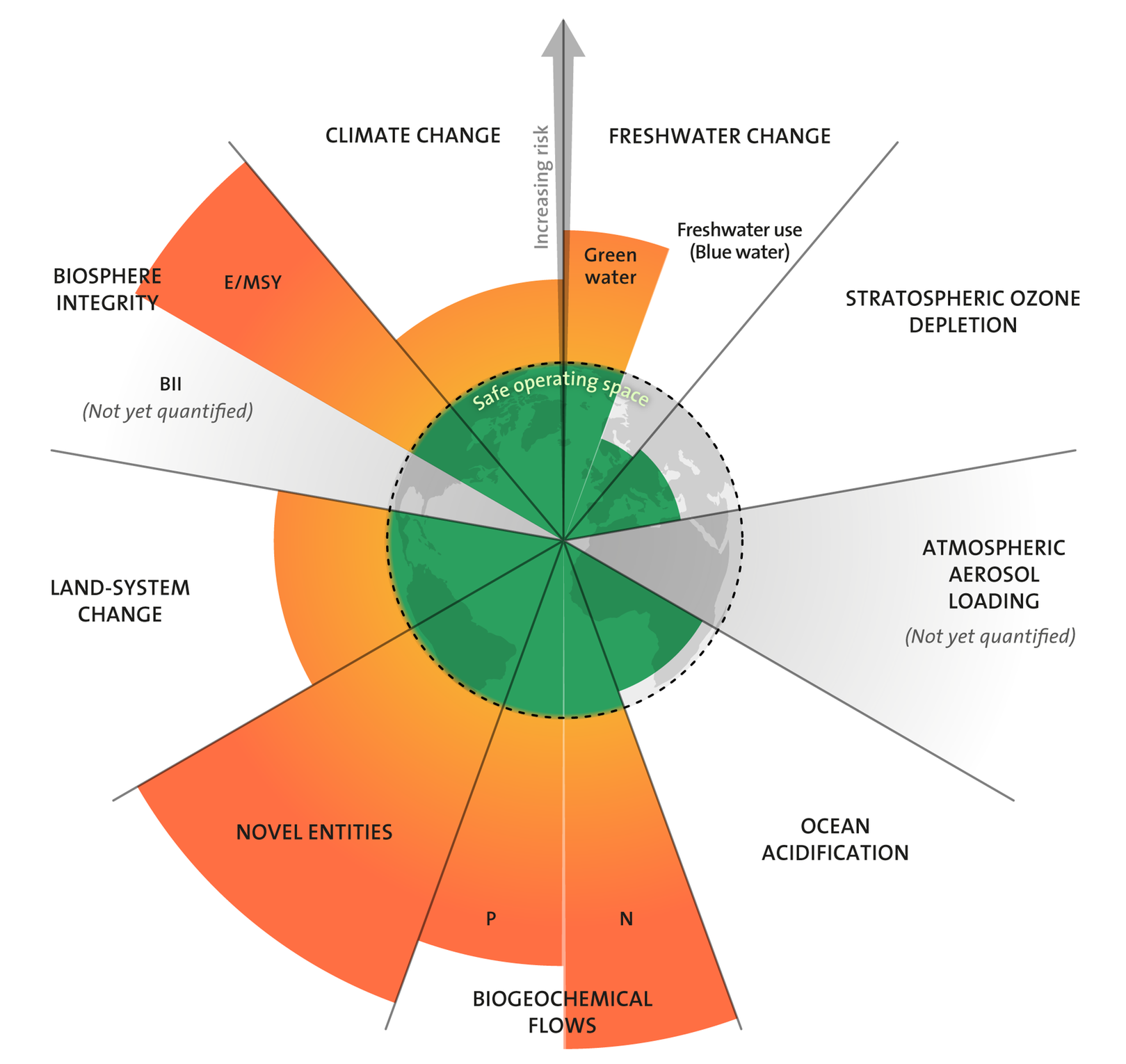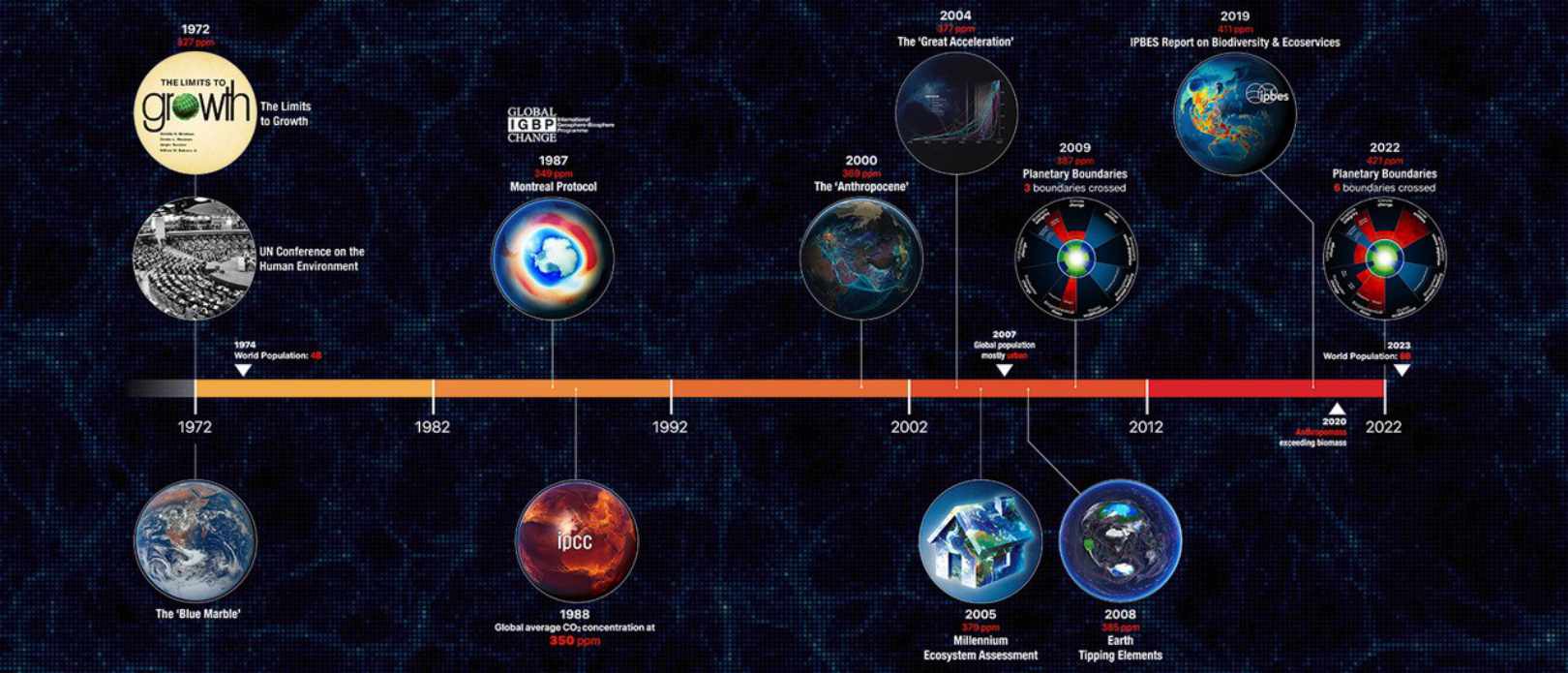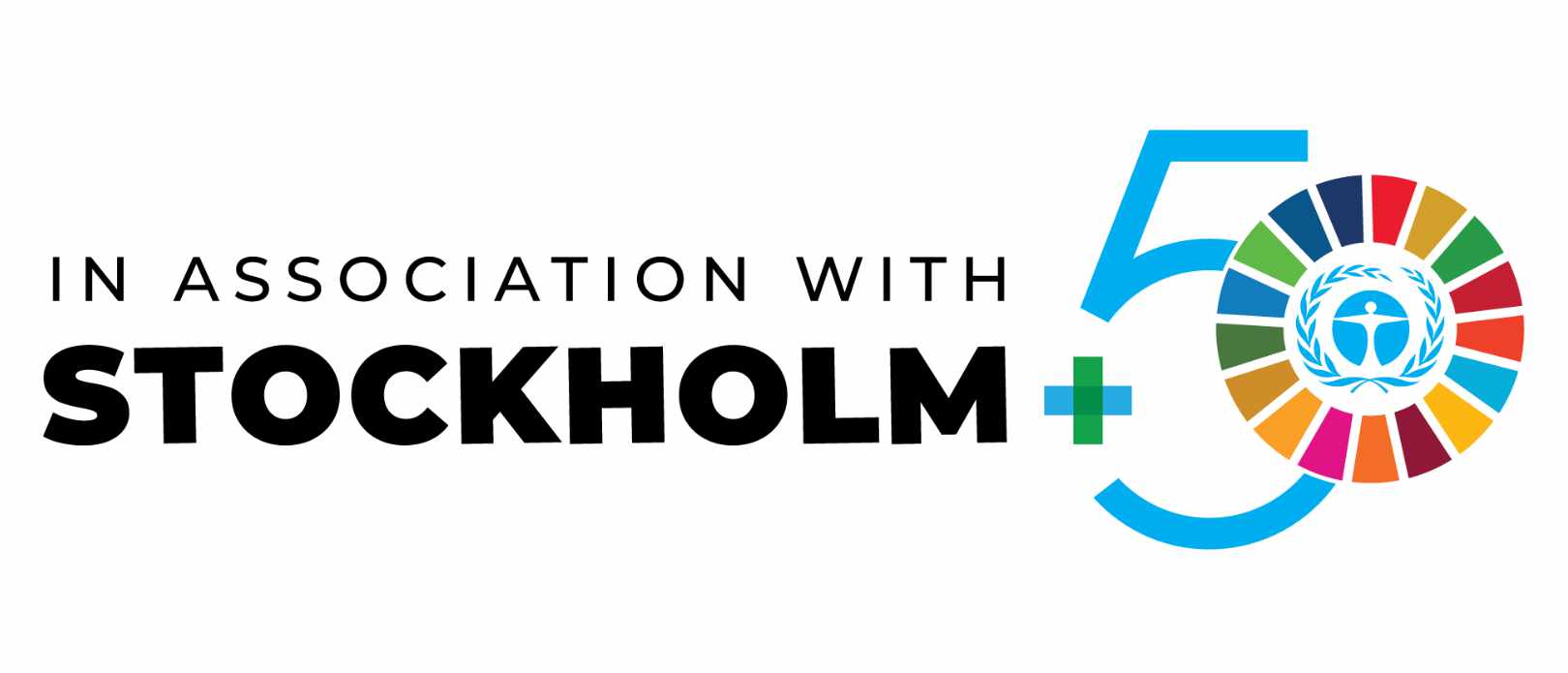STOCKHOLM+50
Looking back at fifty years of Earth-system science
50 years ago, the Stockholm conference was a tipping point in how the world perceived environmental challenges. Today, we need to reach a tipping point towards planetary stewardship
- Stockholm+50 will commemorate the 1972 United Nations Conference on the Human Environment and celebrate 50 years of global environmental action
- The 1972 conference spurred countries to establish environment ministries
- It articulated a new goal for humanity: to safeguard our life support system, Earth’s biosphere
TIPPING POINTS AT OUR DOORSTEP: In 1972, Stockholm hosted the UN conference on the Human Environment. It was a historic moment. For the first time in international politics the biosphere - Earth’s life support system - was on the agenda.
The Indian prime minister at the time, Indira Ghandi, made a prescient observation: “It is clear that the environmental crisis which is confronting the world will…profoundly alter the future destiny of our planet.”
The conference spurred countries to establish environment ministries. The United Nations Environment Programme (UNEP) was launched to coordinate international policy and science on the environment.
And in Sweden, the conference led to the creation of the Stockholm Environment Institute, a founding partner of the Stockholm Resilience Centre (SRC).
“The first Stockholm conference in 1972 put environmental protection on the global agenda. It also helped establish links between environmental science and policy and in some ways helped develop Earth system science.”
Carl Folke, co-founder and the current chair of the SRC board
Two paths forward
The summit articulated two paths for humanity. The first path will result in “massive and irreversible harm” to Earth’s biosphere on which “our life and well-being depend”.
Conversely, through knowledge and wisdom we can choose a smarter path towards “a better life in an environment more in keeping with human needs and hopes.”
The conference articulated a new goal for humanity: to safeguard our life support system, Earth’s biosphere.
Since 1972, the world has followed the first path.
In the 1980s researchers discovered a gaping hole in the ozone layer above Antarctica. And carbon dioxide in the atmosphere crossed 350 parts per million, a critical threshold. The rate of species loss has led researchers to conclude we are at the start of the sixth mass extinction of life on Earth.
Scientific research led by the centre shows conclusively that human actions are simplifying the biosphere, making it less resilient to shocks.
Welcome to the Anthropocene
Perhaps the most significant scientific finding of the last 50 years arrived in the year 2000 when Nobel laureate Paul Crutzen and Eugene Stoermer concluded that Earth has entered a new geological epoch, the Anthropocene.
In 2004, researchers (some now at the SRC) published the first Great Acceleration graphs, a synthesis of socio-economic and Earth system trends in the last 200 years providing unequivocal evidence of humanity’s dominance of the Earth system.

Charting the "Great Acceleration" in human activity from the start of the industrial revolution in 1750 to 2010, and the subsequent changes in the Earth System.
In 2009, scientists, led by the SRC assessed that Earth has crossed 3 of 9 planetary boundaries that demarcate a “safe operating space for humanity”: climate, biodiversity and biogeochemical cycles. In 2015, a fourth transgression was announced: land use related to deforestation.
In 2022, a further two boundaries were transgressed: novel entities (including plastics) and freshwater (below).

An uncontrolled experiment
Science director Henrik Österblom warns that empirical data shows unprecedented changes in key parts of the Earth system: ice sheets, rainforests, oceans and permafrost.
"“Tipping points that were once thought a distant threat are now at our doorstep. Each decade we fail to act at scale we are losing something profound: the resilience of the Earth system.”
Fifty years on, Ghandi’s words hold true. There is now unequivocal evidence that humanity is altering the destiny of Earth.
This is an uncontrolled experiment on the biosphere – the only known life support system in the solar system.
Folke says, “The next fifty years will be critical for humanity. Stockholm+50 must be the beginning of true planetary stewardship based on an equitable and just future for all.”









